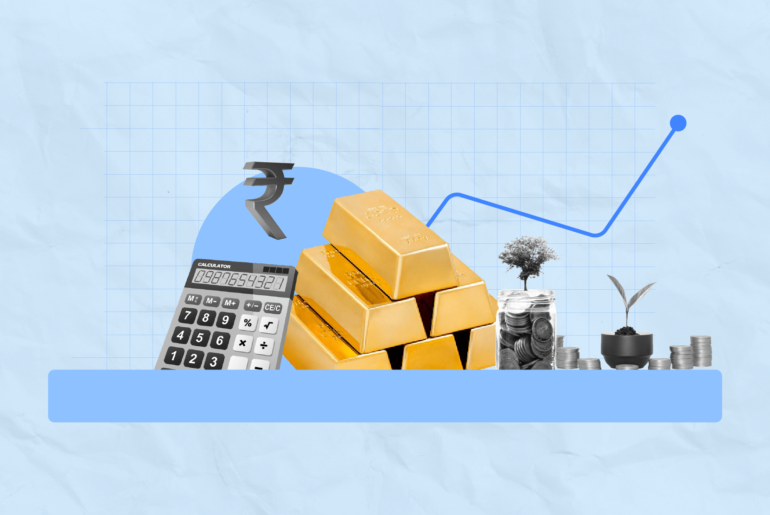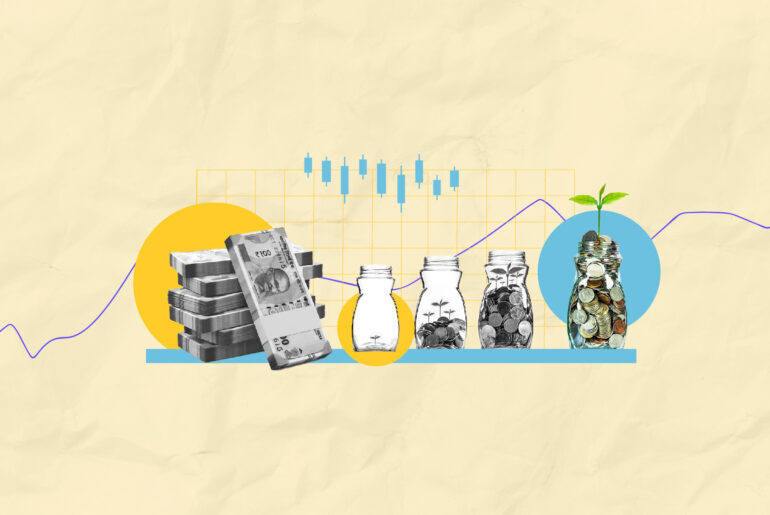Last Updated on May 24, 2022 by Aradhana Gotur
Every buyer would want to purchase an asset or good at the best possible price. A seller similarly would want the best price for his product. How does this peculiar matching take place, especially in a place like the stock market? The bid price comes to the rescue here.
This article details what a bid price is and its significance.
Table of Contents
What is a bid price?
A bid price is a price at which one is willing to buy a security, an asset, a commodity, a service, or a contract. In many markets and countries, it is referred to as a “bid.” A bid can usually be placed lower than the offered price, also known as the “ask price” – which is the price at which the seller is ready to sell.
A bid-ask spread is the difference between the bid price and the ask price. Market makers make bids on a regular basis for security reasons, and they may also make bids in response to a seller’s request for a price at which they can sell.
Bid prices are frequently set in order to elicit the desired response from the party submitting the bid. If a buyer wants to pay Rs. 30 for a commodity and the ask price is Rs. 40, they might make a bid precisely lower than Rs. 30 to finally settle at a price they may deem fit.
When numerous buyers place bids, a bidding war might ensue in which two or more bidders place greater prices gradually.
For example, assume a stock has a bid price of Rs. 10 and an ask price of Rs. 10.30. A trader looking to buy this particular stock would pay Rs. 10.30. Any trader looking to sell would aim for a price of Rs. 10. One can simply interpret bid price to be a virtual demand and ask price to be a notional supply.
This is advantageous to the seller since it places additional pressure on the buyers to pay a greater price than normal if there were just one potential buyer.
In other words, if a seller wants to determine how much the market or a buyer is willing to pay for his product, it can be done by looking at the bid price which represents the maximum price a buyer is willing to pay.
Buying and selling at the bid
Typically, investors and traders place a ‘market order’ to purchase at the current ask price and sell at the current bid price.
‘Limit orders’ allow investors and traders to buy at the bid price (or sell at the ask), perhaps resulting in a superior fill. “Hit the bid” refers to those who want to sell at the market price.
Bid-ask spread
The bid-ask spread, often known as the bid and ask spread, is the difference between an instrument’s bid and ask prices
For example, consider Stock A is trading at Rs. 10. The bid price is Rs. 10 and ask price is Rs. 11. Then, in this case, the bid-ask spread is Rs. 1 or on a percentage basis, it equals 1%.
Traders often do not worry about minute changes that a stock may experience but if the trading unit is large, say 10,000 units or 1,00,000 units, the investor, even for a small change may end up losing a great deal of capital.
The bid and ask prices are presented in real-time and are updated on a regular basis. The fluctuating differential between the two prices is a crucial measure of market liquidity and transaction cost size.
Impact on liquidity
A significant number of orders to buy and sell a financial instrument can indicate high liquidity.
This liquidity allows you to buy and sell at prices that are closer to market value. As a result, as a market becomes more liquid, the bid-ask spread narrows. The bid-ask spread of highly liquid stock, like that of SBI for example, tends to be very nominal, the difference sometimes being just a few ‘paisa’.
When the market is less liquid, the opposite is true. In this instance, the spread widens because it’s more difficult to sell and purchase near market value due to a lack of trade activity.
Summary
Stock markets are a place full of jargons and technicalities. As an investor, it becomes necessary to be aware of such terms like bid and ask price which appear simple and are generally overlooked. They can however complicate your entire trading process if you do not understand them in depth. Now that you know what are bid prices, ask prices and bid-ask spread, observe the trades being effected on the market and choose your levels wisely.





